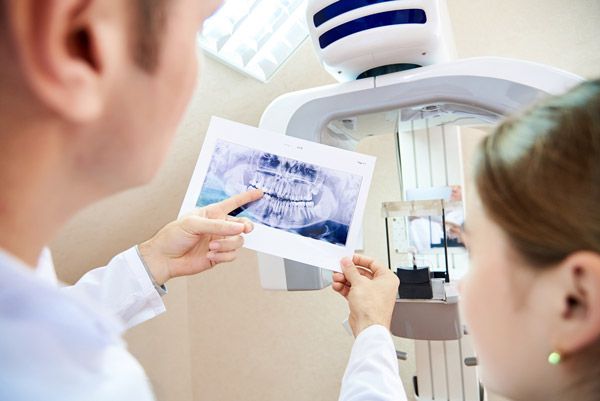Improve Your Candidacy for Dental Implants with a Bone Graft
After we lose teeth, our jawbones often deteriorate. While this can have a frustrating impact on one's appearance, it presents a much more serious obstacle to restorative solutions like dental implants, which require a strong and stable jawbone as a foundation. Fortunately, a dental bone graft procedure at Las Sendas Dental Health in Mesa, AZ, can add volume to the jawbone and help improve candidacy for dental implants in the future.
When Is a Bone Graft Necessary?
There are several situations in which a bone grafting procedure may be recommended. Some of the most common of these include:
- Supporting bone growth after extraction: It is quite common for dentists to place a bone graft in a tooth socket immediately after extraction. Not only does this help prevent the bone ridge from caving in, but it also keeps restorative options open. In other words, if a patient has a tooth removed and later decides to replace it with an implant, the foundation will be strong enough to support this change.
- Advanced periodontal disease: Bone grafts can also be placed to save teeth affected by gum disease. The infection caused by periodontal disease erodes the supporting bone. A bone graft can stabilize the teeth and reduce the risk of further tooth loss.
- Prolonged tooth loss: Following tooth loss, the jawbone begins to slowly deteriorate. This process continues gradually over the years. For this reason, many individuals who have been missing teeth for a long time require bone grafting prior to dental implant placement.
What to Expect during a Bone Grafting Procedure
At our practice, we value the impact that the latest technology can have on a successful outcome. That is why we utilize a 3-D cone beam scanner to assess the jawbone during your initial consultation and treatment planning. This can not only help us identify whether a grafting surgery is necessary, but also where your jawbone will most benefit from treatment.
The surgery itself can be performed under local anesthesia, although we also offer nitrous oxide or oral conscious sedation if necessary. Once you are comfortable, your doctor will create a small incision in the gums to access the bone underneath. Next, bone grafting material is affixed to the bone. Finally, a membrane is placed over the graft to keep it stable, the gums are repositioned, and the incisions are closed with stitches.

Recovery and Implant Placement
Most patients will need about three months to heal from surgery. A full recovery may take longer, depending on the size of the bone graft. During this time, your body will develop and deposit new bone cells in the treated area.
To monitor your healing, your doctor will schedule a check-up every few weeks. If the jawbone has completely recovered and triggered substantial bone growth, we can schedule you for your dental implant surgery.
Contact Las Sendas Dental Health Today
Bone grafts can significantly improve your chances for successful dental implant treatment. For our patients’ convenience, we can perform any procedure at one of our two office locations. To learn more, or to schedule a consultation, contact us online.







